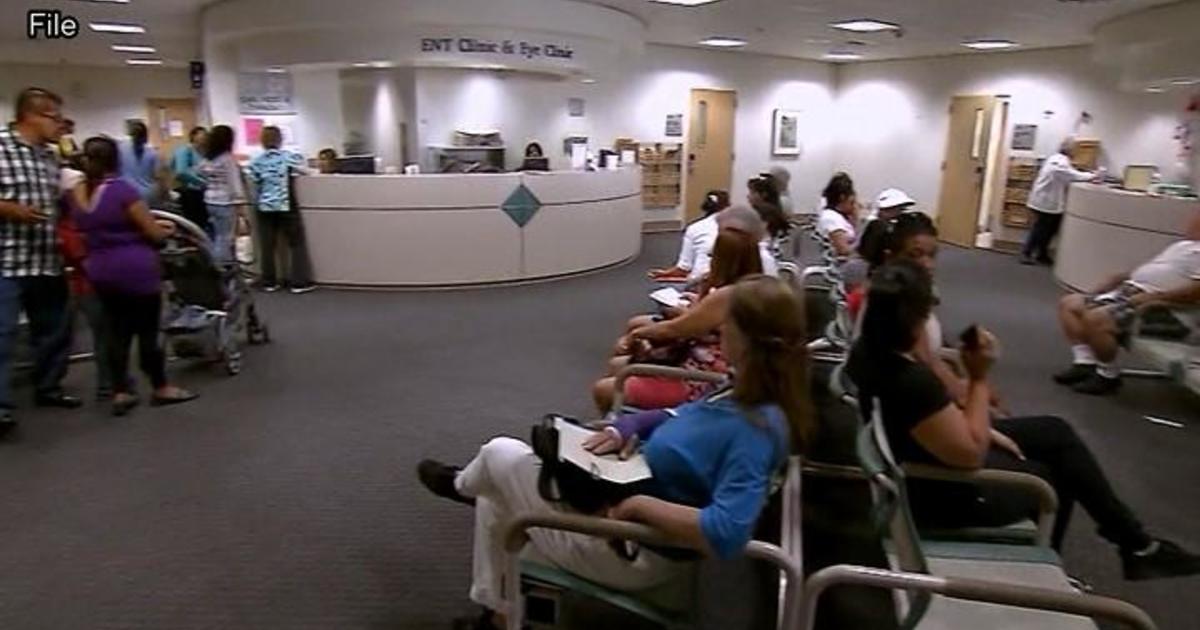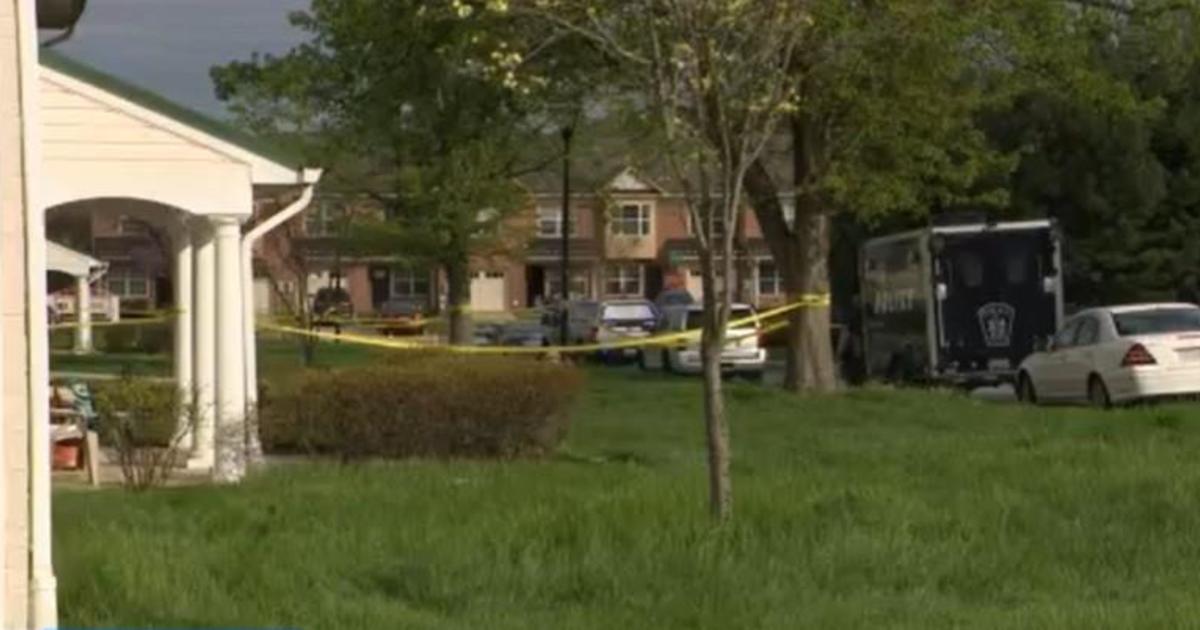Study: High Schoolers Who Misuse Prescription Opioids Are At Higher Risk For Suicidal Behaviors
(CNN) -- About one of every three high school students who said they were misusing prescription opioids when they were surveyed reported they had attempted suicide, according to a study published Monday in the journal Pediatrics.
Previously, researchers have reported that young people who had misused prescription opioids at any point were at higher risk for suicidality, which the American Psychological Association defines as the "risk of suicide, usually indicated by suicidal ideation or intent" and a detailed plan to carry it out.
Authors of the new study investigated whether the timing of teens' prescription opioid misuse — if it was current (in the 30 days preceding the survey), in the past or never — affected its link to suicidality.
The study used data from more than 13,600 US high schoolers' responses in the 2019 Youth Risk Behavior Survey from the US Centers for Disease Control and Prevention. The students answered questions about when and how often they had taken specific opioid pain relievers either without a prescription or differently from how their doctors had directed. The teens also reported whether and how many times they had seriously considered attempting, planned or actually attempted suicide in the past year.
About 7.4% of students reported that they had misused prescription opioids at least once before, while 7.2% reported misuse once or more within the last month.
"There are a number of factors that place youth at risk for misusing prescription opioids," said lead study author Natalie Wilkins, a behavioral scientist in the CDC's Division of Adolescent and School Health, via email. "Developmentally, adolescents' brains have not yet fully matured which makes them more susceptible to engaging in risky and impulsive behaviors, such as substance use."
The researchers found that current misuse of prescription opioids — compared to misuse in the past or never — was more significantly associated with seriously considering attempting suicide, making suicide plans and feeling sad or hopeless in the last year. Nearly 33% of students who reported current prescription opioid misuse actually attempted suicide, compared to 19% of teens who reported misuse in the past and 6% of students who said they had never misused an opioid prescription.
Why students turn to opioids
The study examined the associations between prescription opioid misuse, suicidality and symptoms of depression. Whether prescription opioid misuse can lead to suicidality and depressive symptoms or vice versa isn't yet fully known. The authors also noted that one limitation of the study was that they didn't know the levels of students' misuse, such as whether they occasionally misused or had an opioid disorder.
Regardless, why teens start misusing opioids is a "nuanced and layered thing," said Dr. Lucien Gonzalez, the chair of the American Academy of Pediatrics Committee on Substance Use and Prevention, who wasn't involved in the study.
Misuse could stem from relieving physical pain from a medical procedure, curiosity, socializing or succumbing to peer pressure, Gonzalez said. Some teens may misuse to ease tension, emotional pain, mental issues or suicidal thoughts; or they may want to feel the euphoric high they've heard about from others.
Some people dislike how opioids make them feel after surgeries. For others, the initial intention may have been harmless, but addiction is happening when casual use turns into using opioids "because they feel really bad when they don't," said Amy Green, a clinical psychologist and the vice president of research at The Trevor Project, a suicide prevention and crisis intervention organization for LGBTQ youth. "That can also cause a lot of struggling and suffering and feeling trapped, that they're trapped in between the wanting to not use it and really struggling."
Regarding the association with suicidality, substances including opioids and alcohol can reduce inhibitions, said Gonzalez, who is also an assistant professor in the department of psychiatry and behavioral sciences at the University of Minnesota's medical school. That can make some people less likely to stop themselves from completing suicide ideation or an attempt.
Disparities among minorities
There were glaring disparities among different students: More female; Black; Hispanic; and lesbian, gay, bisexual or unsure teens currently misused prescription opioids than male and White teens. Some of the minority groups also had higher rates of feeling suicidal, sad or hopeless compared to the rates for male and White youth. And differences between heterosexual students and lesbian, gay, bisexual and unsure teens were extreme — 23.9% of lesbian, gay or bisexual students and 14.5% of unsure students attempted suicide, compared to 6.4% of heterosexual teens. Twelve percent of lesbian, gay or bisexual teens and 11.5% of unsure teens reported current misuse of prescription opioids, compared to 6.4% of heterosexual students.
The greater risks that lesbian, gay, bisexual and unsure teens face isn't directly caused by their sexuality, but by how some people treat them because of it, Green said. "They are much more likely to experience discrimination, victimization (and) stigma due to their identity," said Green, who is also an assistant adjunct professor at the University of California, San Diego. Green wasn't involved in the study.
READ MORE: Structural racism is taking a toll on children's mental health
"Those experiences lead to these feelings of internalized shame, stigma, depression, which tend to result in things like thoughts of suicide, misuse of prescription medications — including opioids — to try to address the pain and suffering that they're feeling," Green said.
"When LGBTQ youth are supported and affirmed in their identities, when they have schools that are LGBTQ-affirming and they have parents that accept them, they are significantly at lower risk for actually considering and attempting suicide," she added.
White students more commonly reported past prescription opioid misuse, seriously considering suicide and making a suicide plan than students of other races or ethnicities. But fewer White students reported suicide attempts.
The higher prevalence of suicide attempts among the Black and Hispanic students may have been partly due to inadequate access to general mental health care, and care that is culturally responsive to their identities and needs, Green said.
Safety and healing from prescription opioid misuse
"Because kids can very quickly go from ideation to acting," parents should create a safe environment around children and teens who may have suicidal thoughts, Gonzalez said.
Safely secure objects that could be lethal, like firearms and pain or psychiatric medications. Teens have been more likely to obtain prescription pain medications first from family members' prescriptions, rather than from dealers or online sources, a 2018 study found. Since teens can also misuse their own prescriptions, Gonzalez recommended that parents administer medications, supervise access, and get rid of any leftovers.
Signs that could be indicative of substance misuse or another problem include the following, according to Gonzalez:
- Constricted pupils
- Confusion
- Slurred speech
- Shallow and short breathing
- Uncharacteristic mood or mood swings (tired, unusually calm, increasing or decreasing depression or anxiety)
- Track marks on skin or fresh puncture wounds
- Weight changes (often loss)
- Changes in friend groups
- Isolation
- Difficulty communicating
- Lack of motivation
- Changes in school attendance and/or performance
- Aggressive behavior
- Uncharacteristic disobedience
- Changes in appearance
- Lower energy levels (or maybe unusually higher)
- Evidence of drug paraphernalia
Given the common reasons behind opioid misuse, the manner in which we keep students "from being in that pain" is crucial, Green said.
"Services for substance abuse and mental health in this country are not where they should be," Green said, but there is some support available, regardless of ability to pay. Parents and teens in the United States can call 211 to learn about local resources. Some schools have health centers that offer substance misuse or abuse support services.
Parents should take any concerns to their child's pediatrician or take their child to a behavioral health clinician if the child is willing, Gonzalez said.
"It does start with talking to their kid, and it doesn't even have to just start with, 'I'm worried about drugs.' It's 'I'm worried about you. Are you OK?'" he added.
Teens who feel connected to their families and schools are at lower risk for substance use and suicide, Wilkins said. Parents can facilitate connection by communicating honestly and openly about sensitive subjects, and respecting and considering teens' opinions, thoughts and feelings. "When there is conflict, be clear about goals and expectations," Wilkins added. "But allow your (teen's) input on how to reach those goals."
Parents should facilitate healthy decision-making while encouraging their children to make their own decisions, Wilkins said. Getting to know your adolescent's friends, enjoying shared activities and becoming engaged with the teen's school can also help.
The-CNN-Wire
™ & © 2021 Cable News Network, Inc., a WarnerMedia Company. All rights reserved.



